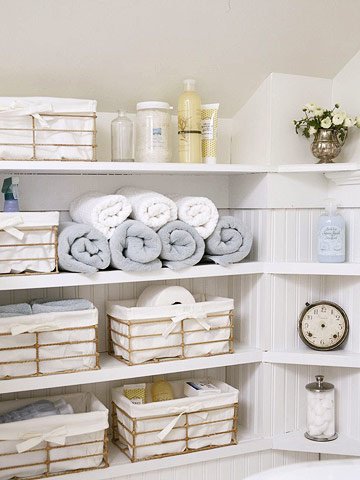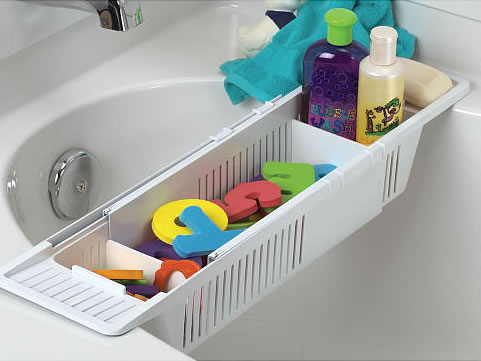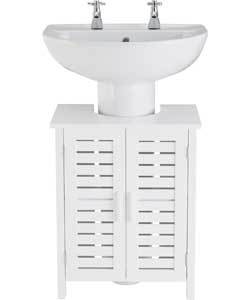When space is at a premium, and you have exhausted all other avenues of expansion, a basement conversion could be the way forward. Certainly in overcrowded central
If you already have an existing basement, converting it into a habitable space won’t be too difficult. Your basement should already be waterproofed and ventilated, so aside from the addition of extra lighting and other mod cons, it will not cost you too much money to turn it into a spare bedroom, playroom, or whatever else you need.
Creating a whole basement from scratch is a different story and definitely not one for the faint hearted. Digging out a basement is a major project. It is not something a keen DIY enthusiast can do on their weekends as foundations need to be checked to ensure they can support the structural alterations. There is also water drainage to consider – imagine the carnage if you accidentally severed a water main. Lastly, there is a cost implication – digging out a whole new basement from scratch is not cheap, so be prepared to spend a lot of money to achieve your perfect underground living space.
Is Planning Permission Needed?
You shouldn’t need planning permission if you are converting an existing basement. Your new basement living space can even be larger than the old basement as long as you don’t extend beyond the boundary of your property. However, in some cases, specific planning permission will be required. For example, if you live in a terrace house, you will need a Party Wall Agreement in place since you share a common wall with your neighbours. To avoid any problems, always check with the local planning office before you start excavating – or it could get a bit messy further down the line.
Important Considerations for Basement Development
- Damp proofing – A damp basement might be ok for storing old tins of paint and a few bottles of wine, but it certainly won’t be very pleasant for guests, so an adequate damp proofing strategy is essential. There are different methods of keeping the water out; your building contractor will be able to advise you on the most appropriate one for your basement. A water membrane system can be used to seal the space and allow water to drain away. Alternatively a cement based system may be more suitable.
- Heating - Basements are usually cool all year round which can be comfortable in summer but a bit chilly in winter months. Basements are often partially insulated by the ground around them, so your existing heating system should provide the reasonable amount of heat required for comfortable temperatures. You will however need to check with a heating engineer to see if your existing central heating system can handle a new designer vertical radiator. Alternatively, you can opt in for an electric designer heated towel rail independent from your central heating system.
- Lighting – Natural light is key to a successful basement renovation. Often natural light is in short supply when you build down instead of up, but there are ways and means to introduce natural light into a basement, even if you don’t have any windows. Light tubes can be used to pipe light down into a basement. Alternatively, you may be able to fit a flat double glazed window at ground level, which will have the added benefit of giving you an extra source of ventilation.
Plan the Space Carefully
How you use the extra space will probably depend on how much light there is down below. If natural light is in short supply, consider turning your new basement into a games room or gym, but if you are able to introduce natural light, it could make a great guest bedroom or teenager’s bolt hole.
Choose an Experienced Contractor
Basement renovations can be challenging, so always choose a reputable contractor who has previous experience with basement conversions. It can be tempting to try and save money in the short term, but when things go wrong, it is usually extremely expensive to try and fix them.







